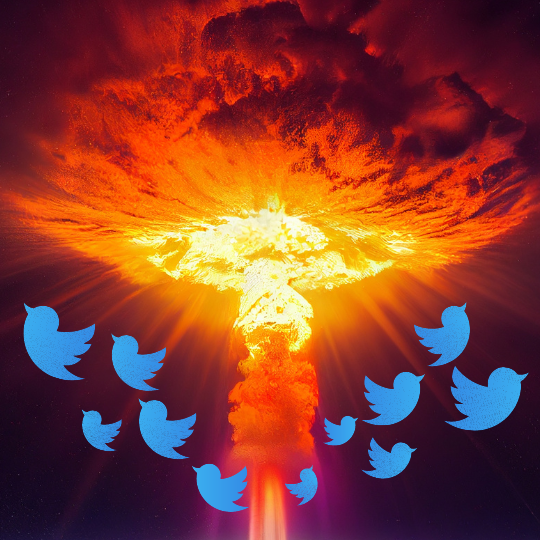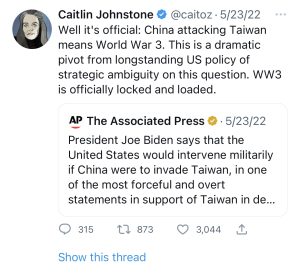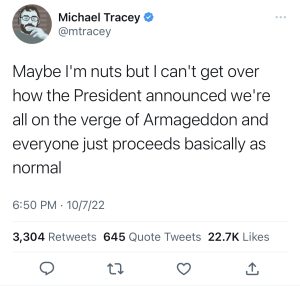
Spreading fear about a potential world conflict involving nuclear war has become a favorite among social media.
The Alarmist Role Social Media Plays in the Discussion of Nuclear War
Every so often, a WWIII false alarm incites panic on Twitter. Ironically, a lot of the time, the false alarms stem from users’ and even some politicians’ tendencies to call upon the possibility of nuclear war during any notably tense development in not-so-peaceful foreign affairs.

The first of the most recent collection of these scares occurred near the start of 2020 when “WWIII” trended for a couple of days as users posted about the possibility of another world war and its repercussions following the assassination of Iranian general, Qassem Soleimani.
The prospect of an all-out nuclear war has become a topic of anxiety and hopelessness for many, and the news as well as social media can ensure that these topics are almost inescapable.
This comes as no surprise. The repeated threats, statements, and bluffs of belligerent world leaders become front-page news seemingly every day.
When the powder keg of the Russia-Ukrainian friction finally exploded, Putin took no time in asserting his willingness to use nuclear weapons against the West if they tried to intervene – assertions that he claims are not bluffs. This prompted new discussion about nuclear war, further exacerbated by Biden’s warning of the Ukrainian war delving into armageddon territory.

On top of that, we’re barraged with new information about North Korean nuclear missile tests, including the recent, and particularly alarming, ballistic missile test that flew over Japan without warning on Oct. 4, 2022.
Following Japan’s missile scare was an even more recent missile scare in Poland on Nov. 15, which initiated questions surrounding the possibility of the enactment of NATO’s Article V, which would consider the missile an act of war and call for complete retaliation.
In the midst of all of these circumstances, it’s expected that many will take their thoughts and fears to social media. In the process, unassuming users can end up spreading more unrest during times of panic despite not being properly educated on the topic.
With every new instance of the alarm, it becomes more and more apparent that not only are they smoke with no fire, but they also create the opportunity for fear-mongering and misleading information, a growing issue on the internet.
You’ll see all manner of triggering content, ranging from nuclear target map denoting which areas of the country are more likely to be bombed, to people falsely implying or joking about the government’s imminent calling of a draft.
You don’t need to go far to see users’ and even some brands’ tendencies to ‘catastrophize’ and irresponsibly handle the topic, which is grounds for major concern to others already.
During moments in the world that put everyone on edge, it’s vital that you be mindful of what type of content you bring attention to. Regardless of your following, there’s the potential that at least one person will see it, and their feelings on the situation can be impacted by it.
It’s also a good idea to make a habit of fact-checking everything you hear, rumors and exaggerated claims can spread like wildfire.
In the fight against this growing problem, some social media platforms have begun implementing warning labels to be attached to any posts that may contain disputed or untrue information about certain events or developments. Subjects of particular note include the COVID Vaccine and the 2020 Election.
A new focus on what content is viewed on social media and the validity of said content might be a step in the right direction in the attempt to crack down on the issue of misinformation, one currently crippling the online world.